42 compound light microscope unlabeled
Tween 80 - an overview | ScienceDirect Topics Tween 80 is the common surfactant micelles. This surfactant gives effect to aqueous phase. When Tween 80 was dissolved in the aqueous phase, the particle size was found significantly larger than when it was dissolved in the organic phase (Komaiko and McClements, 2015).Some suggestions demonstrated that the movement of hydrophilic surfactant from the oil phase into … Looking at the Structure of Cells in the Microscope A typical animal cell is 10–20 μm in diameter, which is about one-fifth the size of the smallest particle visible to the naked eye. It was not until good light microscopes became available in the early part of the nineteenth century that all plant and animal tissues were discovered to be aggregates of individual cells. This discovery, proposed as the cell doctrine by Schleiden and …
Copper-mediated radioiodination and radiobromination via aryl ... The labeled compound was identified by UV- and radio-HPLC analysis of a standard sample and the synthesized radiolabeled compound. 4.5. In vitro stability study [125 I]mIB-PS and [77 Br]mBrB-PS were synthesized using method II. The isolated [125 I]mIB-PS or [77 Br]mBrB-PS was dissolved in water and was trapped in Sep-Pack light C 18 (Waters ...
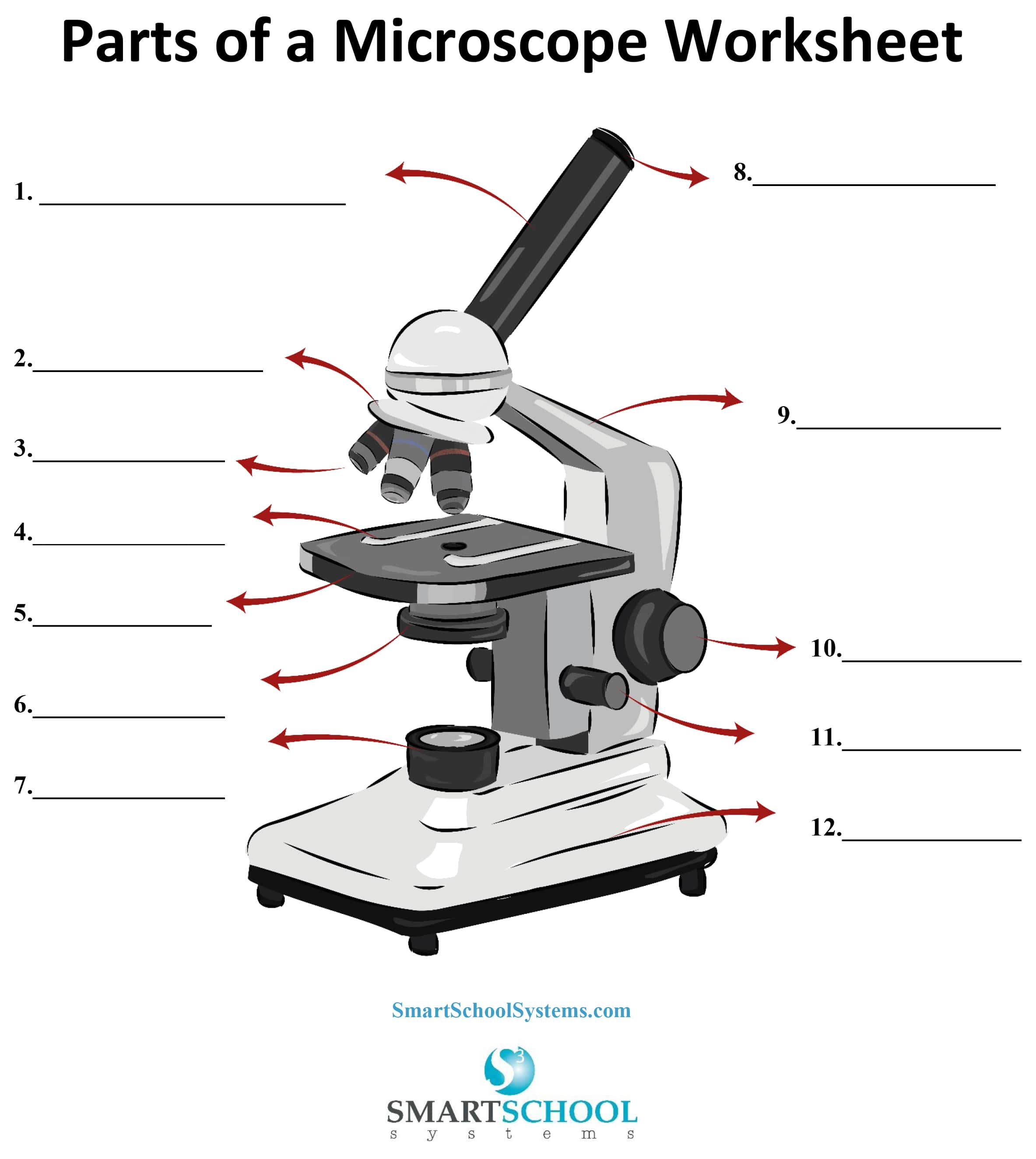
Compound light microscope unlabeled
Zhaowei Liu Research Group Unlike photonic force microscopy where a single trapped particle is used for a serial scanning, PBM utilizes a massive number of plasmonic nanoparticles (NPs) under Brownian diffusion in solution to scan in parallel around the unlabeled sample object. The motion of NPs under an evanescent field is three-dimensionally localized to reconstruct the super-resolution topology … DCFDA / H2DCFDA - Cellular ROS Assay Kit (ab113851) - Abcam 21.03.2014 · The DCFDA assay protocol is based on the diffusion of DCFDA / H2DCFDA / DCFH-DA / DCFH into the cell. It is then deacetylated by cellular esterases to a non-fluorescent compound, which is later oxidized by ROS into 2’, 7’ –dichlorofluorescein (DCF). DCF is highly fluorescent and is detected by fluorescence spectroscopy with excitation ... High-efficiency broadband achromatic metalens for near-IR 21.09.2021 · Though broadband achromatic metalens are attractive for biological applications, existing metalenses show limited performance in the biological imaging window. Here, the authors report high ...
Compound light microscope unlabeled. Flow Cytometry-Definition, Principle, Parts, Steps, Types, Uses The basic principle of flow cytometry is based on the measurement of light scattered by particles, and the fluorescence observed when these particles are passed in a stream through a laser beam. Figure: Schematic of a common flow cytometer, illustrating the fluidic, optical, and electronic systems. Image Source: AAT Bioquest, Inc. Light Scattering. Light scattering results when a … Journal of Medicinal Chemistry | Vol 65, No 12 - ACS Publications Inhibition of all three class IA PI3Ks offers the potential to treat a broad range of tumor types with a single agent. NVP-CLR457 was identified to explore this hypothesis, having PI3K inhibitory potencies across the three isoforms within 2-fold in combination with what was considered to be a best-in-class profile. View the article. immunohistochemistry Principle. How IHC staining Works Instead of aromatic compound, the main components of this new reagent is alkanes, and it can be used to replace xylene. Immersion. After transparentizing, the tissue can be immersed in molten paraffin wax so that it adsorbs the wax-substituting transparent agent. Based upon the melting point of wax, immersion should be performed at 54-64℃. Embedding. This is a process of … High-efficiency broadband achromatic metalens for near-IR 21.09.2021 · Though broadband achromatic metalens are attractive for biological applications, existing metalenses show limited performance in the biological imaging window. Here, the authors report high ...
DCFDA / H2DCFDA - Cellular ROS Assay Kit (ab113851) - Abcam 21.03.2014 · The DCFDA assay protocol is based on the diffusion of DCFDA / H2DCFDA / DCFH-DA / DCFH into the cell. It is then deacetylated by cellular esterases to a non-fluorescent compound, which is later oxidized by ROS into 2’, 7’ –dichlorofluorescein (DCF). DCF is highly fluorescent and is detected by fluorescence spectroscopy with excitation ... Zhaowei Liu Research Group Unlike photonic force microscopy where a single trapped particle is used for a serial scanning, PBM utilizes a massive number of plasmonic nanoparticles (NPs) under Brownian diffusion in solution to scan in parallel around the unlabeled sample object. The motion of NPs under an evanescent field is three-dimensionally localized to reconstruct the super-resolution topology …
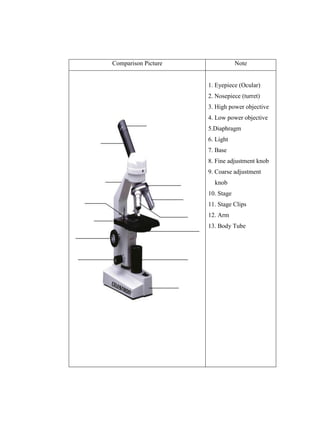





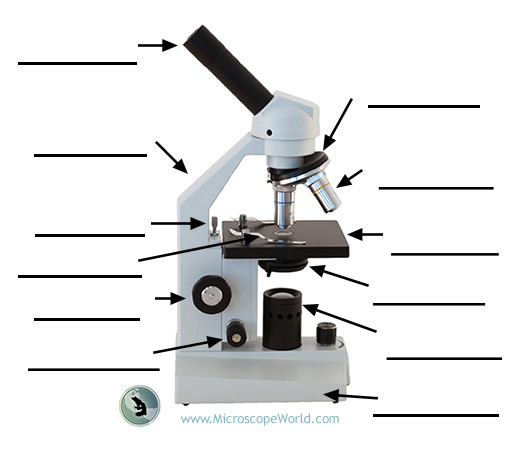

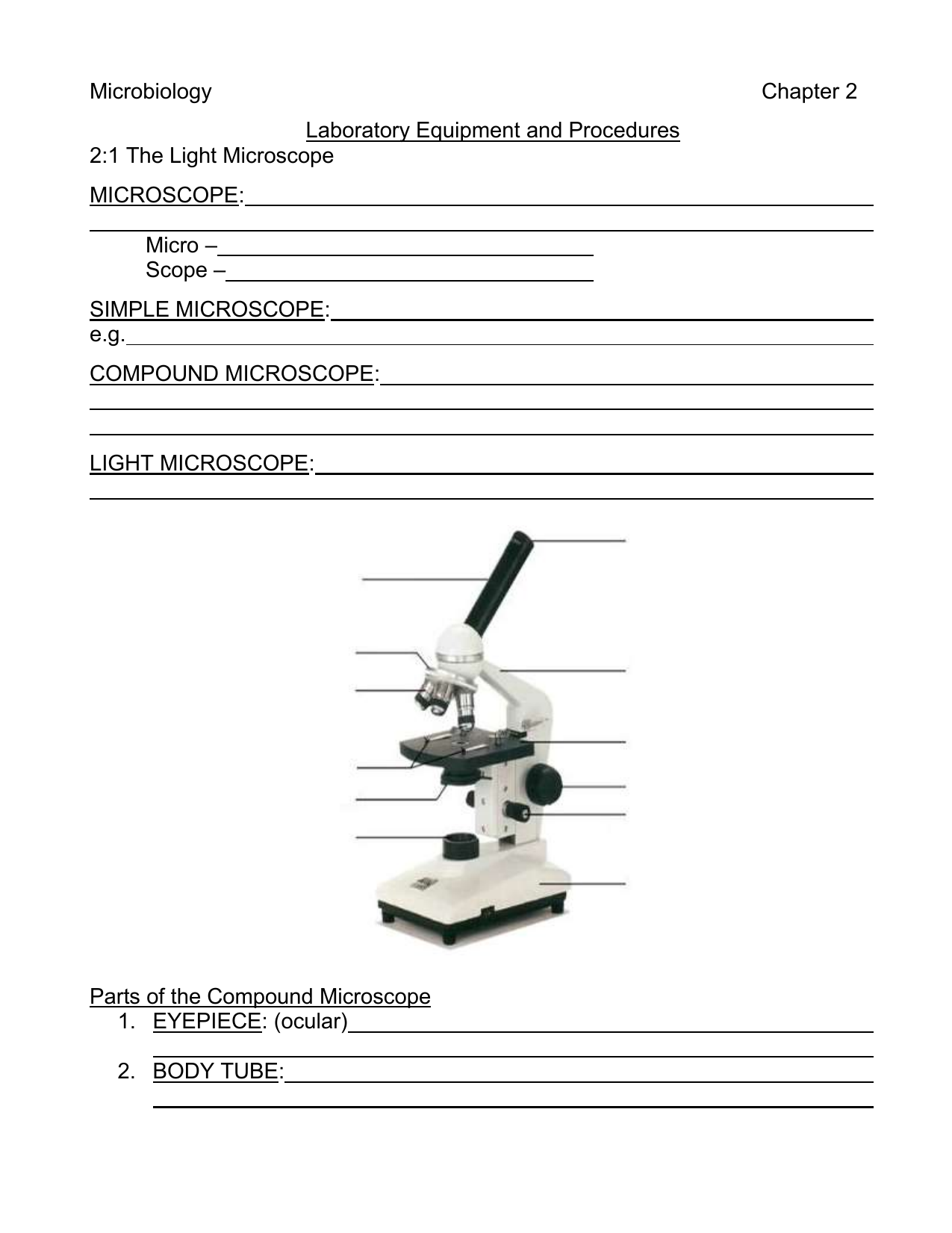






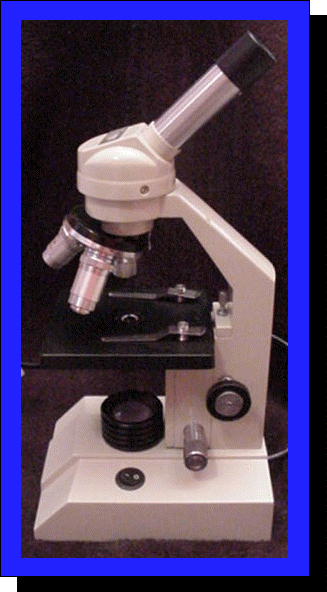


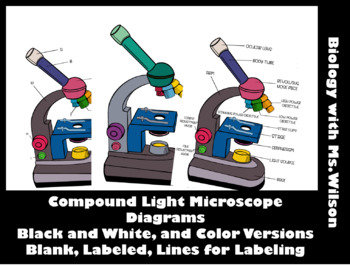

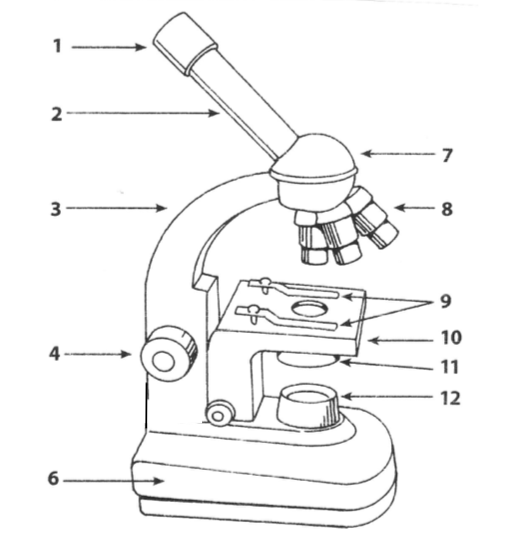


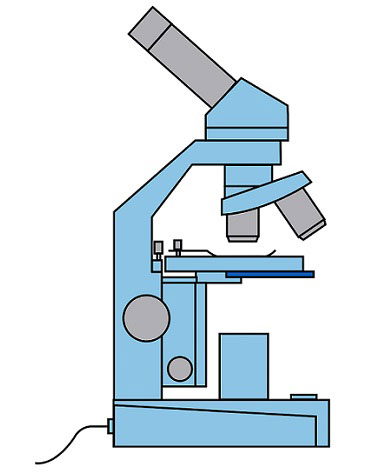
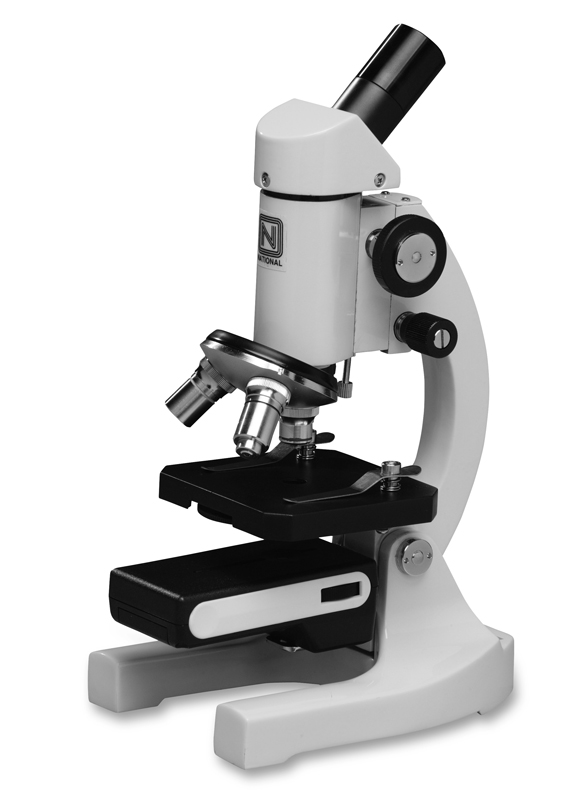
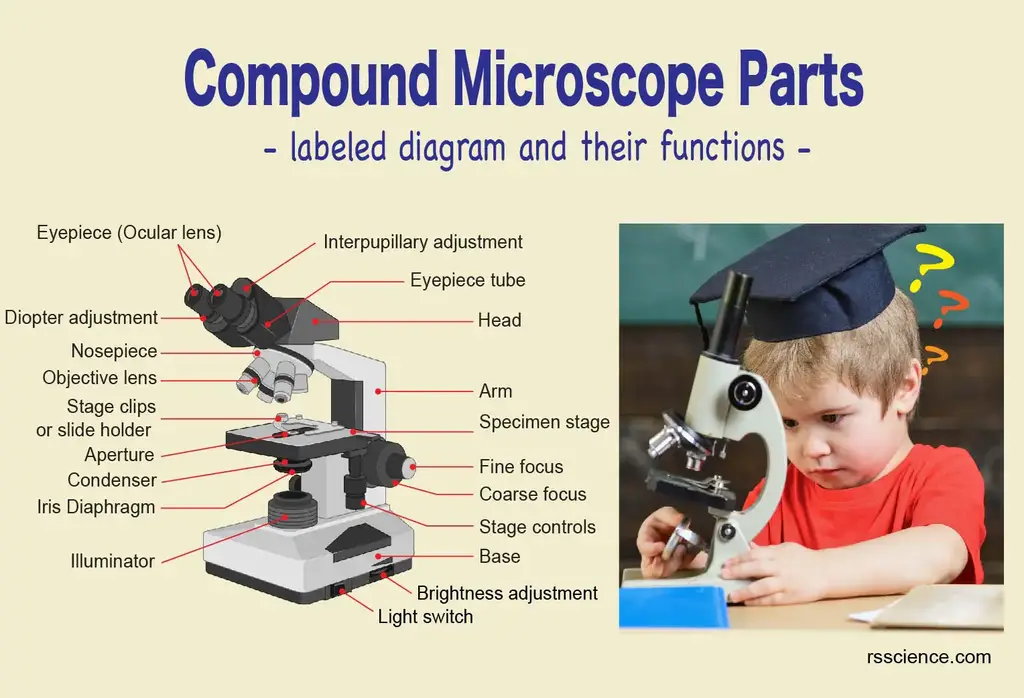




Post a Comment for "42 compound light microscope unlabeled"